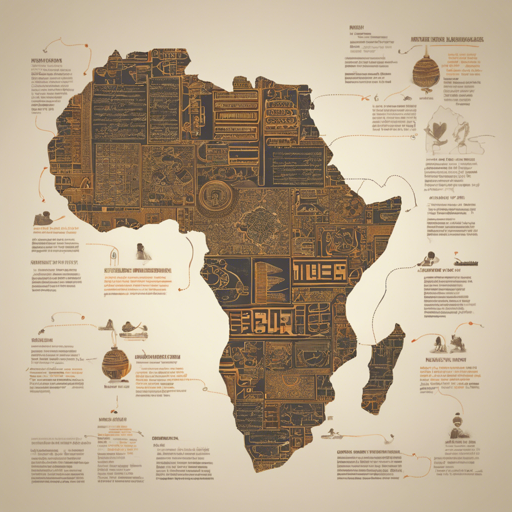Named Entity Recognition (NER) is an essential task in natural language processing that can help in recognizing and classifying entities such as dates, locations, organizations, and persons in a given text. If you’re venturing into the realm of multilingual datasets focusing on African languages, the distilbert-base-multilingual-cased-masakhaner model is a perfect choice. In this article, we will explore how to utilize this remarkable model, its intended uses, limitations, and some troubleshooting tips for a successful implementation.
Model Overview
The distilbert-base-multilingual-cased-masakhaner model has been fine-tuned specifically for NER tasks across nine African languages: Hausa, Igbo, Kinyarwanda, Luganda, Nigerian Pidgin, Swahili, Wolof, and Yorùbá. The model has been trained to identify four types of entities:
- DATE: Dates and times
- LOC: Locations
- ORG: Organizations
- PER: Persons
How to Use the Model
To start using the distilbert-base-multilingual-cased-masakhaner model, you’ll need to follow these steps:
from transformers import AutoTokenizer, AutoModelForTokenClassification, pipeline
tokenizer = AutoTokenizer.from_pretrained("Davlan/distilbert-base-multilingual-cased-masakhaner")
model = AutoModelForTokenClassification.from_pretrained("Davlan/distilbert-base-multilingual-cased-masakhaner")
nlp = pipeline("ner", model=model, tokenizer=tokenizer)
# Example text to analyze
example = "Emir of Kano turban Zhang wey don spend 18 years for Nigerian"
ner_results = nlp(example)
print(ner_results)Understanding the Code Through an Analogy
Think of the distilbert-base-multilingual-cased-masakhaner model as a world-renowned detective squad (the model) equipped with multilingual detectives (the tokenizer) who have been trained to solve mysteries (the NER task) in various languages (African languages). The detective squad needs a case file (example input text) to crack the case. Each detective specializes in identifying certain types of clues, such as dates, locations, organizations, and people within the case file.
Just like the squad methodically examines the case file and returns with detailed reports, the NER model processes the input text and outputs recognized entities along with their classifications. In this scenario, the detectives work efficiently together to recognize the different entities within the provided example.
Limitations to Keep in Mind
While the model is efficient, it does have some limitations:
- The training dataset primarily includes entity-annotated news articles from a specific timeframe, which might hinder its applicability in different contexts.
Troubleshooting Tips
If you encounter issues while implementing the distilbert-base-multilingual-cased-masakhaner model, consider the following troubleshooting ideas:
- Ensure that the Transformers library is up to date and compatible with the version used in your code.
- Verify that the model names in the code are spelled correctly.
- If the results seem inaccurate, reconsider the input text: it should be appropriate and well-structured.
For more insights, updates, or to collaborate on AI development projects, stay connected with fxis.ai.
Final Thoughts
At fxis.ai, we believe that such advancements are crucial for the future of AI, as they enable more comprehensive and effective solutions. Our team is continually exploring new methodologies to push the envelope in artificial intelligence, ensuring that our clients benefit from the latest technological innovations.

